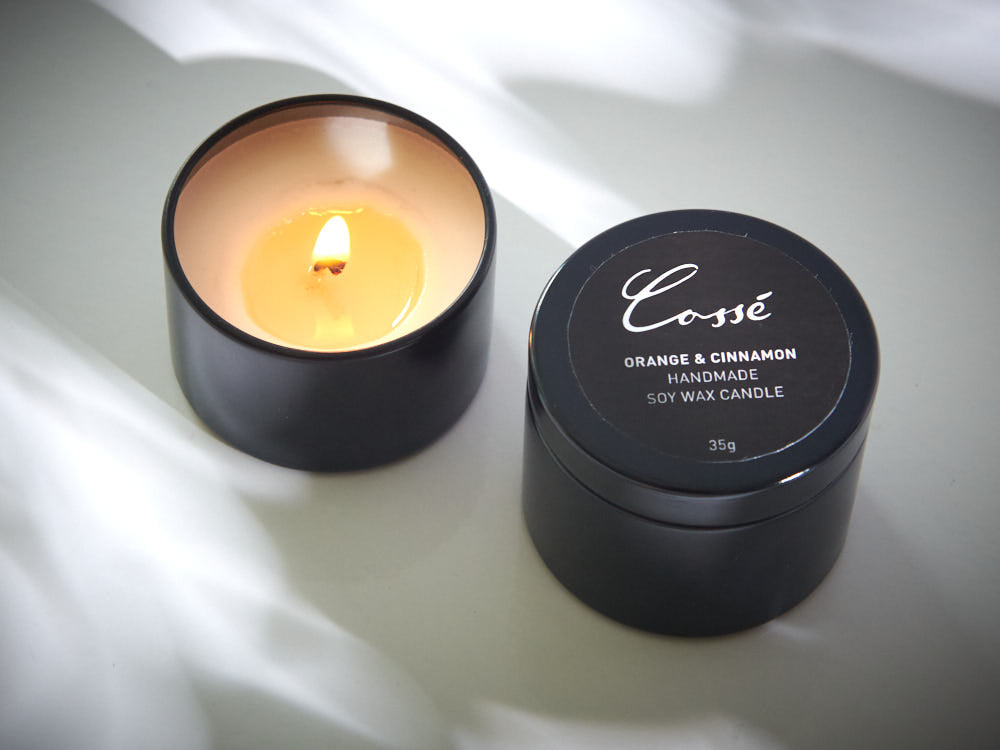Improve Your Living Space with Elegant Soy Candles and Home Fragrance
Improve Your Living Space with Elegant Soy Candles and Home Fragrance
Blog Article
From Wick to Wax: Recognizing the Chemistry Behind Soy Wax Candles and Their Ecological Effect
As we illuminate our rooms with the warm radiance of candle lights, there exists a realm of detailed chemistry behind the seemingly easy act of lighting a soy wax candle. Join us as we decipher the scientific intricacies behind soy wax candle lights and explore their implications on our environment.
Soy Wax Vs. Paraffin Wax
When contrasting soy wax and paraffin wax for candle light making, it is vital to recognize the distinctive characteristics and advantages of each material. Soy wax is an all-natural, renewable energy stemmed from soybean oil, making it green and naturally degradable - candles. On the other hand, paraffin wax is a result of oil refining, which increases worries about its environmental influence and sustainability
Soy wax candle lights melt cleaner and release less residue compared to paraffin wax candles, making them a healthier option for interior air high quality. Additionally, soy wax has a lower melting factor, enabling for a longer-lasting candle that spreads scent a lot more effectively. Paraffin wax, on the other hand, tends to melt faster and less cleanly, potentially releasing unsafe chemicals right into the air.
From a sustainability viewpoint, soy wax is preferred for its biodegradability and sustainable sourcing, aligning with the expanding customer preference for environmentally aware products. While paraffin wax has actually been a standard option in candle making because of its cost and ease of usage, the shift towards environment-friendly options like soy wax is obtaining energy in the industry.
Chemical Structure of Soy Wax

Combustion Process in Soy Candles
The chemical composition of soy wax directly affects the combustion process in soy candle lights, influencing factors such as burn time, aroma launch, and environmental effect. When a soy candle is lit, the heat from the flame melts the wax near the wick.
The combustion effectiveness of soy candle lights is affected by the purity of the soy wax click this and the quality of the wick. Furthermore, soy wax candle lights have a lower ecological effect contrasted to paraffin candle lights due to their sustainable and naturally degradable nature.

Environmental Advantages of Soy Wax

Taken into consideration a lasting option to standard paraffin wax, soy wax supplies remarkable environmental benefits that make it a preferred choice amongst eco-conscious customers. One substantial advantage of soy wax is its eco-friendly sourcing. Soy wax is acquired from soybean oil, which is mostly cultivated in the USA. The farming of soybeans aids sustain neighborhood farmers and lowers the dependence on non-renewable fossil gas used in paraffin wax manufacturing. Furthermore, soy wax is biodegradable, implying it breaks down normally without releasing damaging toxins into the environment. This particular makes soy wax candle lights a more eco-friendly choice my sources contrasted to paraffin wax candles, which are made from petroleum, a non-renewable source. Soy wax burns cleaner and produces less soot than paraffin wax, adding to better interior air quality and lowering the need for cleansing and maintenance. Overall, the environmental advantages of soy wax straighten with the growing demand for eco-friendly and lasting products in the marketplace.
Recycling and Disposal Factors To Consider
Recycling and proper disposal of soy wax candle lights play a crucial role in preserving ecological sustainability and minimizing waste in households and areas. When it comes to reusing soy wax candle lights, the very first step is to guarantee that the candle light has actually melted entirely.

In terms of disposal, if recycling is not an option, soy wax candles are biodegradable and can be safely disposed of in a lot of home waste systems. It is browse this site constantly recommended to check with regional recycling centers or waste monitoring services for details standards on candle light disposal to guarantee appropriate handling and environmental security.
Final Thought
In final thought, the chemistry behind soy wax candle lights discloses their environmental benefits over paraffin wax candle lights. Soy wax, obtained from soybean oil, burns cleaner and produces less soot when contrasted to paraffin wax.
When comparing soy wax and paraffin wax for candle light production, it is important to comprehend the unique qualities and advantages of each product (candles).Soy wax candles burn cleaner and release much less residue compared to paraffin wax candles, making them a healthier choice for indoor air quality.Thought about a lasting option to traditional paraffin wax, soy wax supplies significant environmental advantages that make it a prominent choice amongst eco-conscious customers. Soy wax burns cleaner and generates much less residue than paraffin wax, adding to better indoor air quality and reducing the demand for cleaning and maintenance.In final thought, the chemistry behind soy wax candle lights exposes their environmental advantages over paraffin wax candles
Report this page